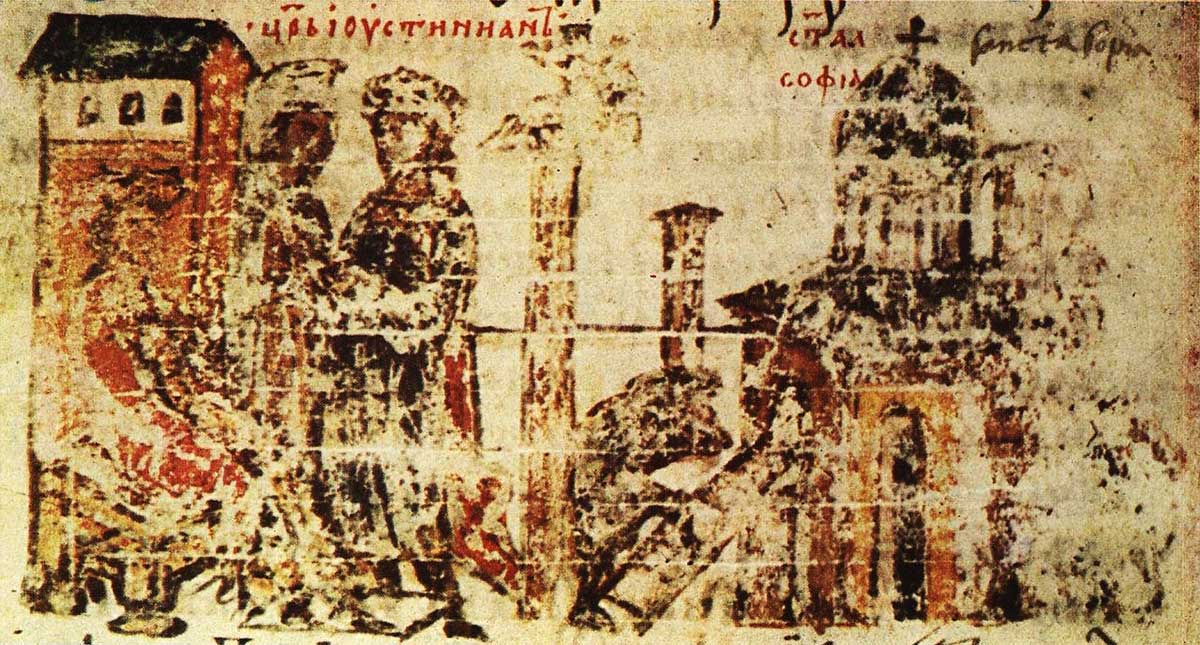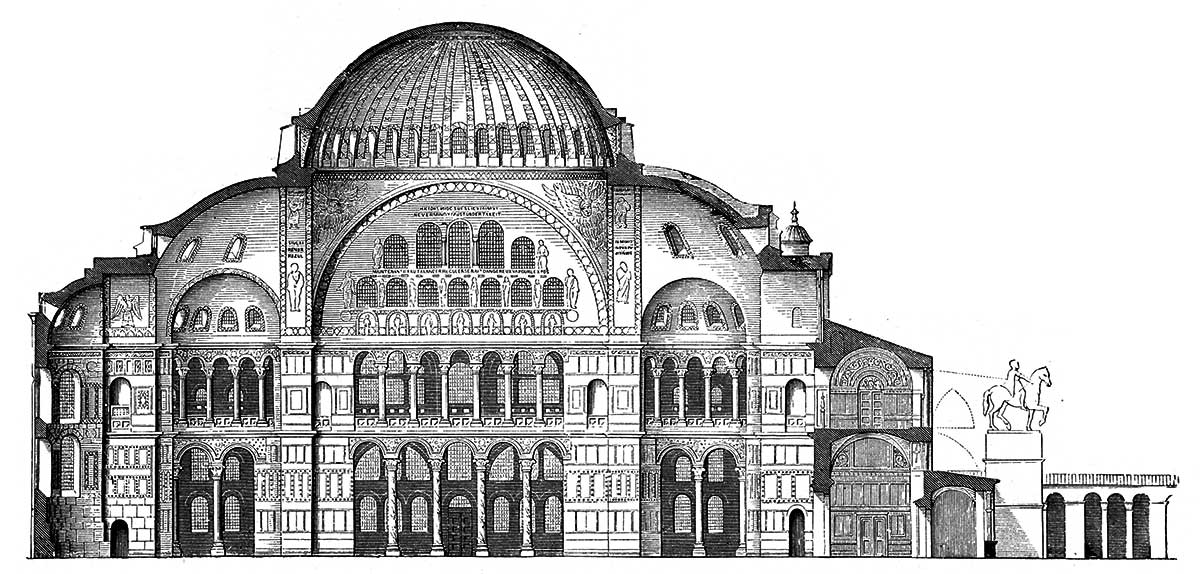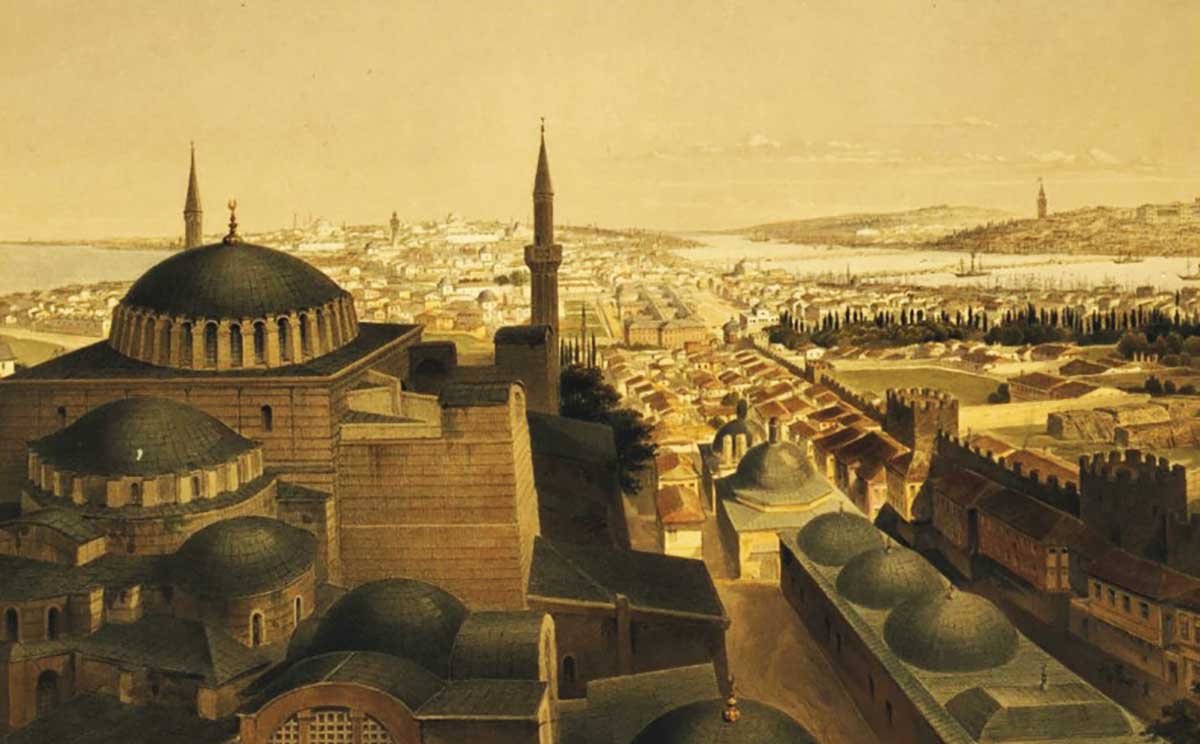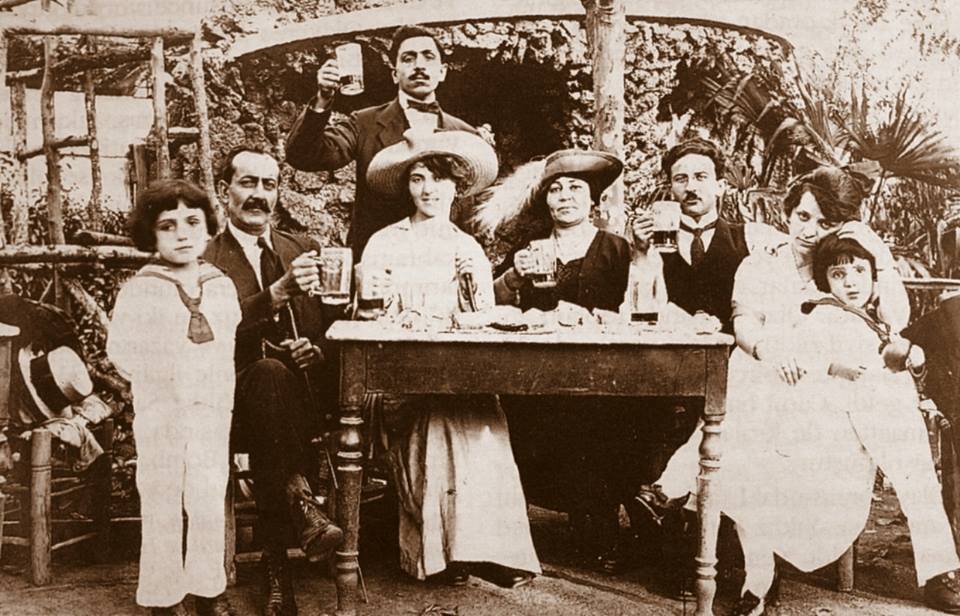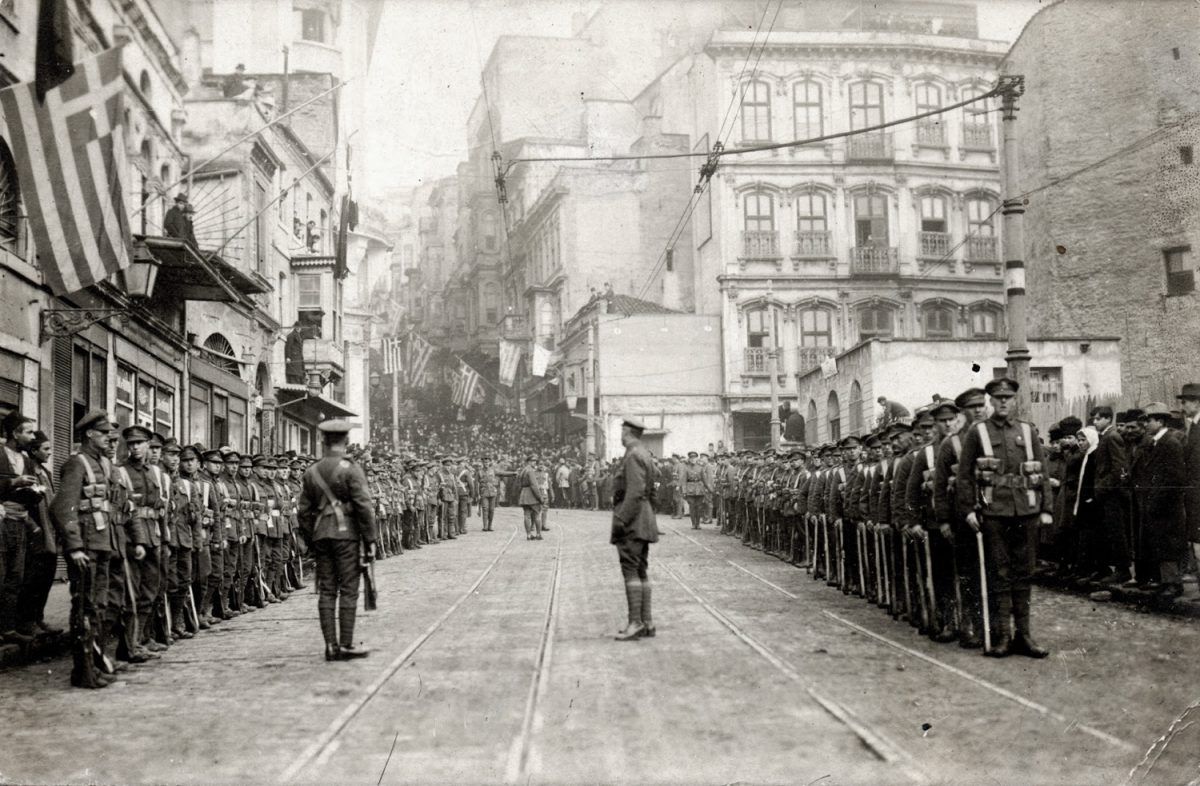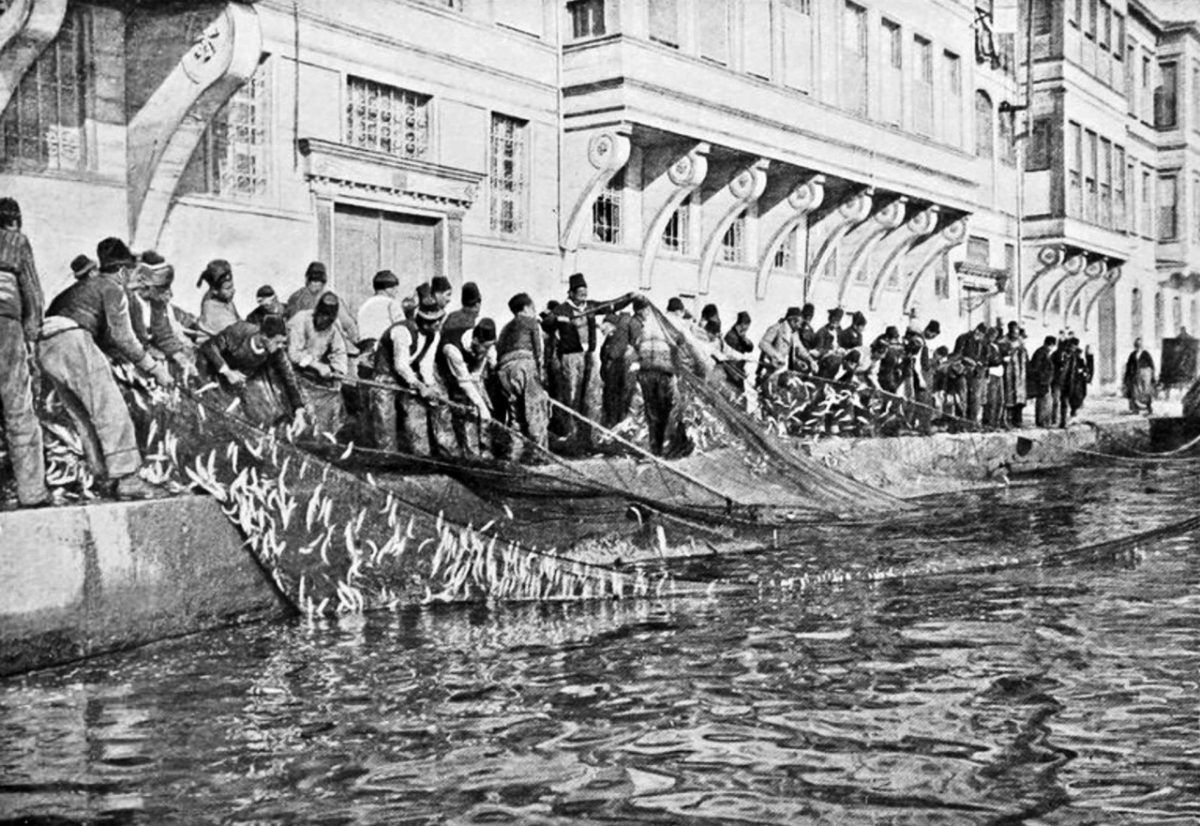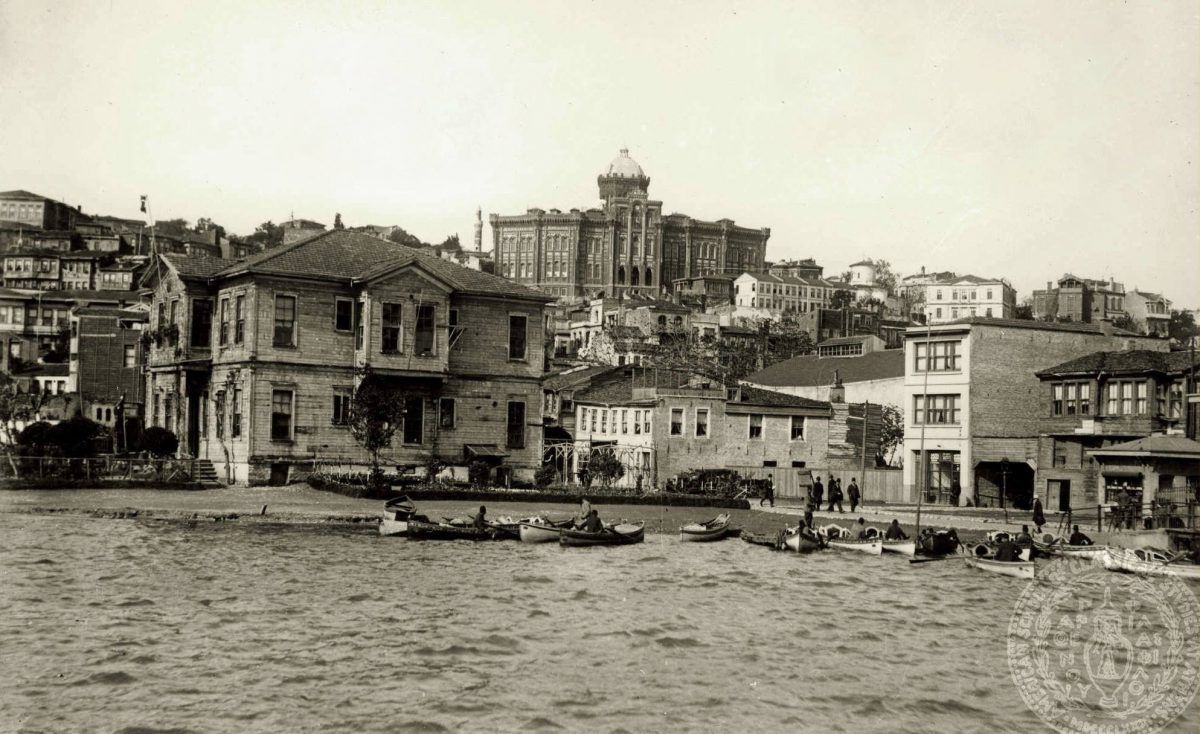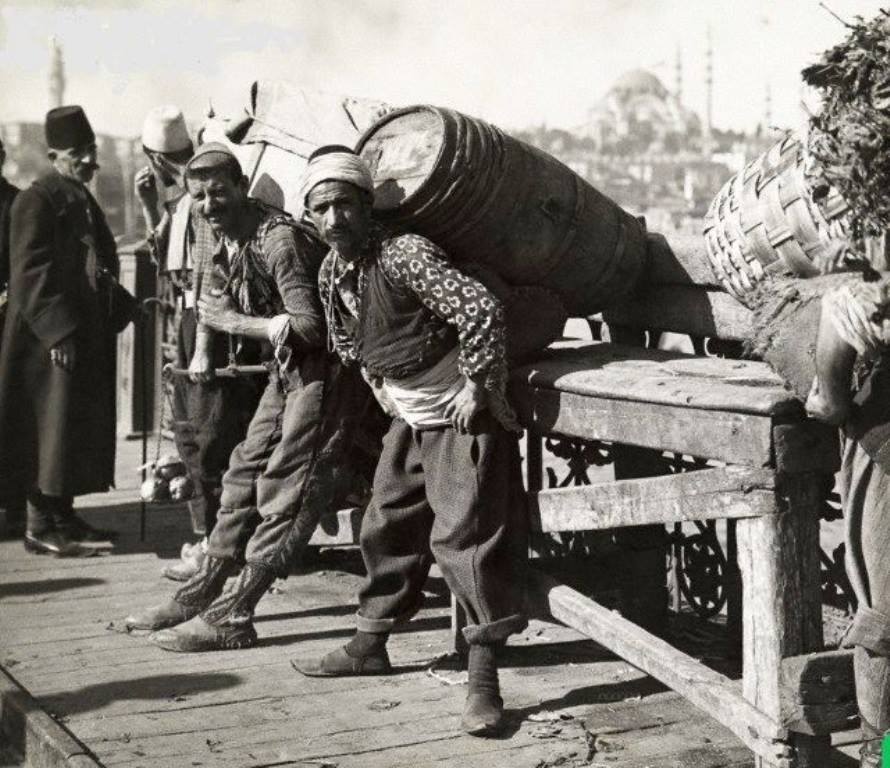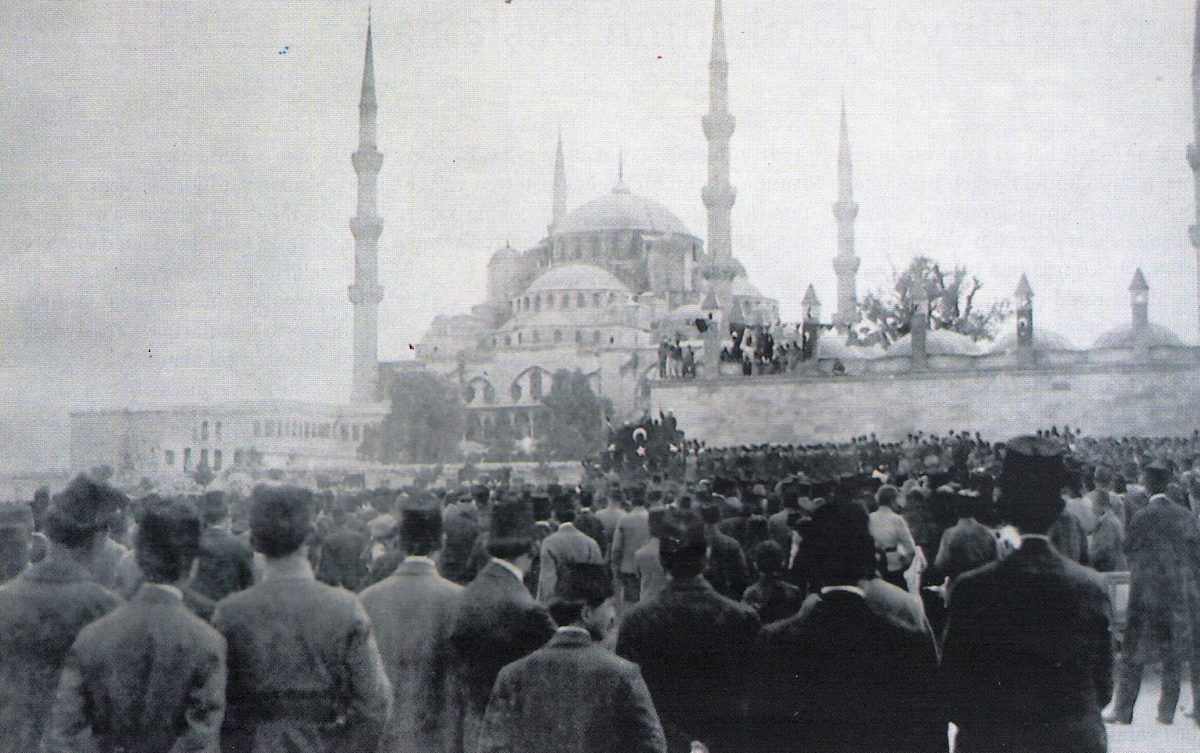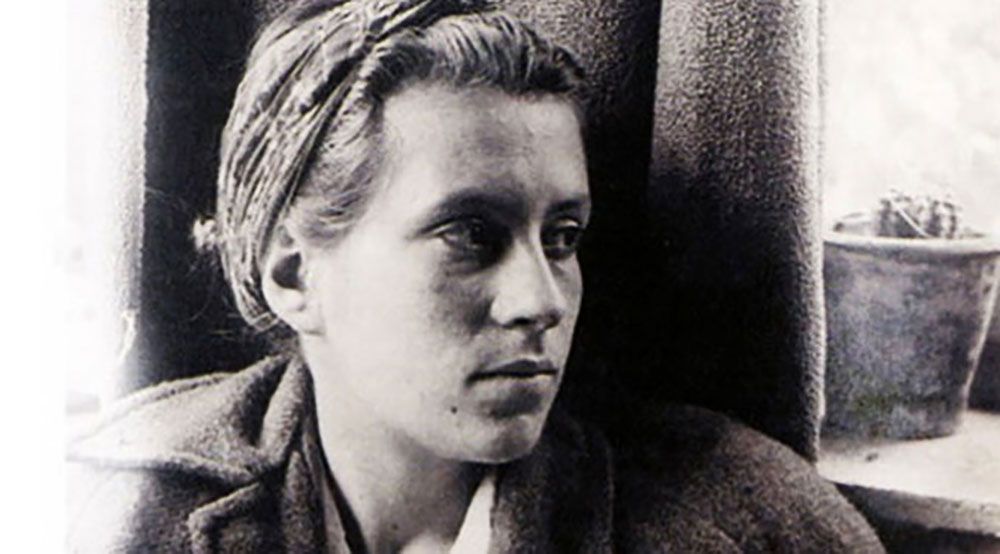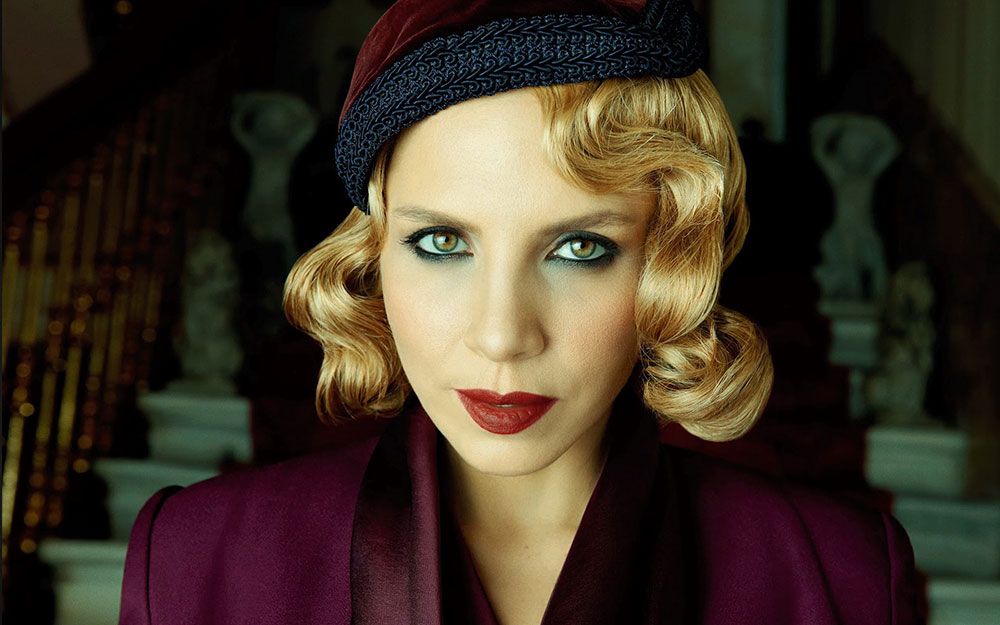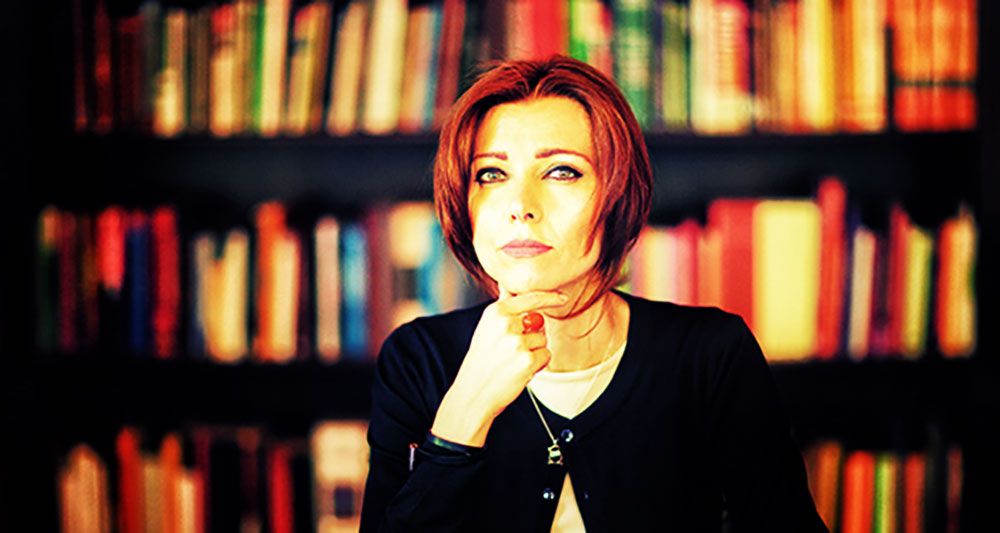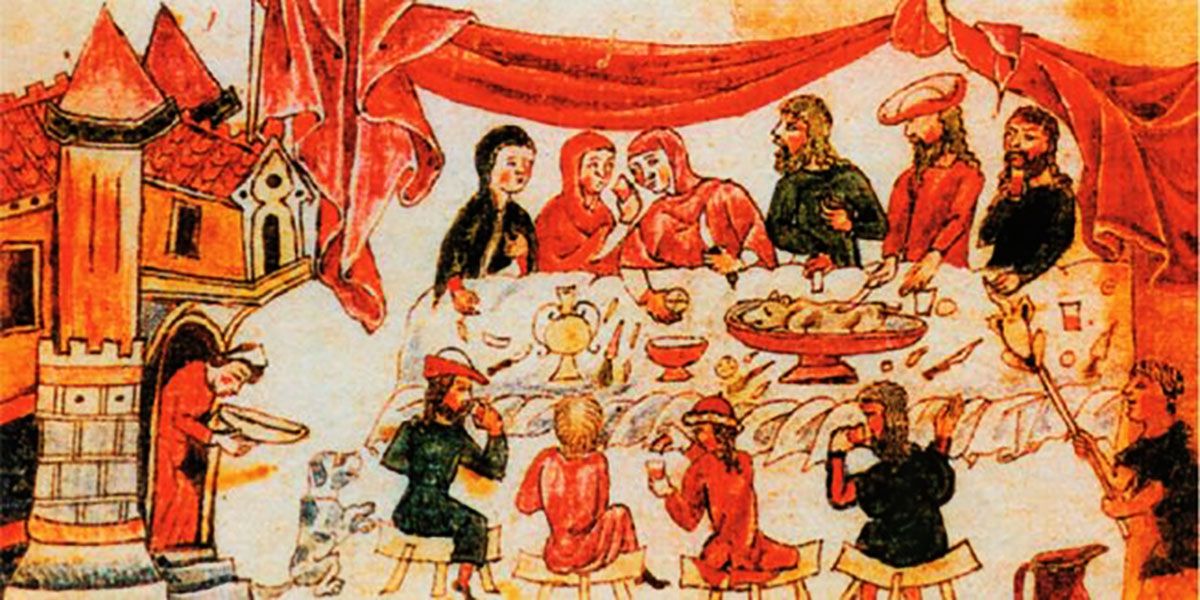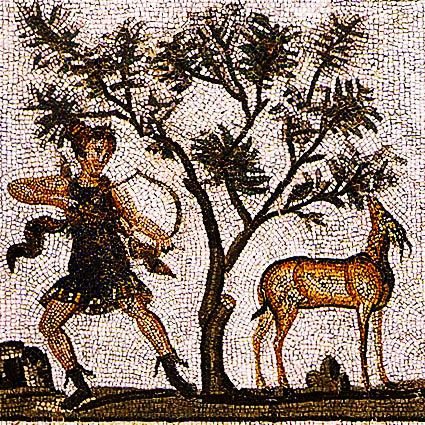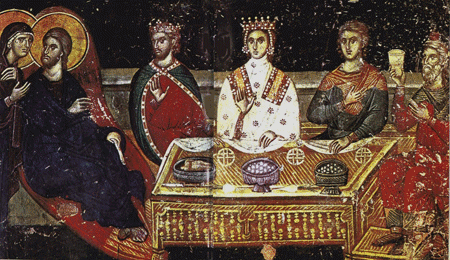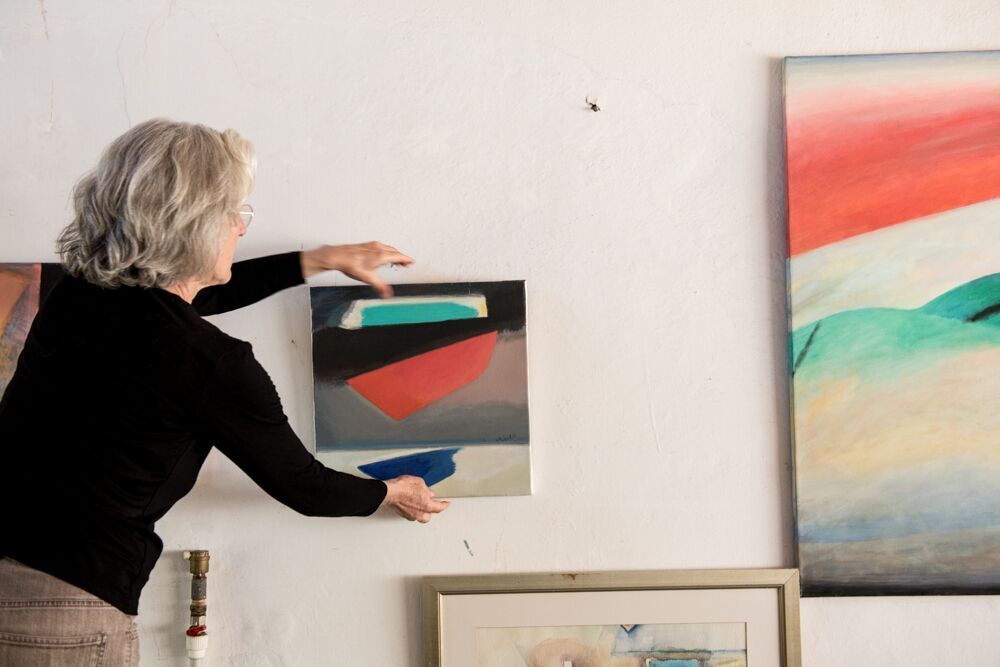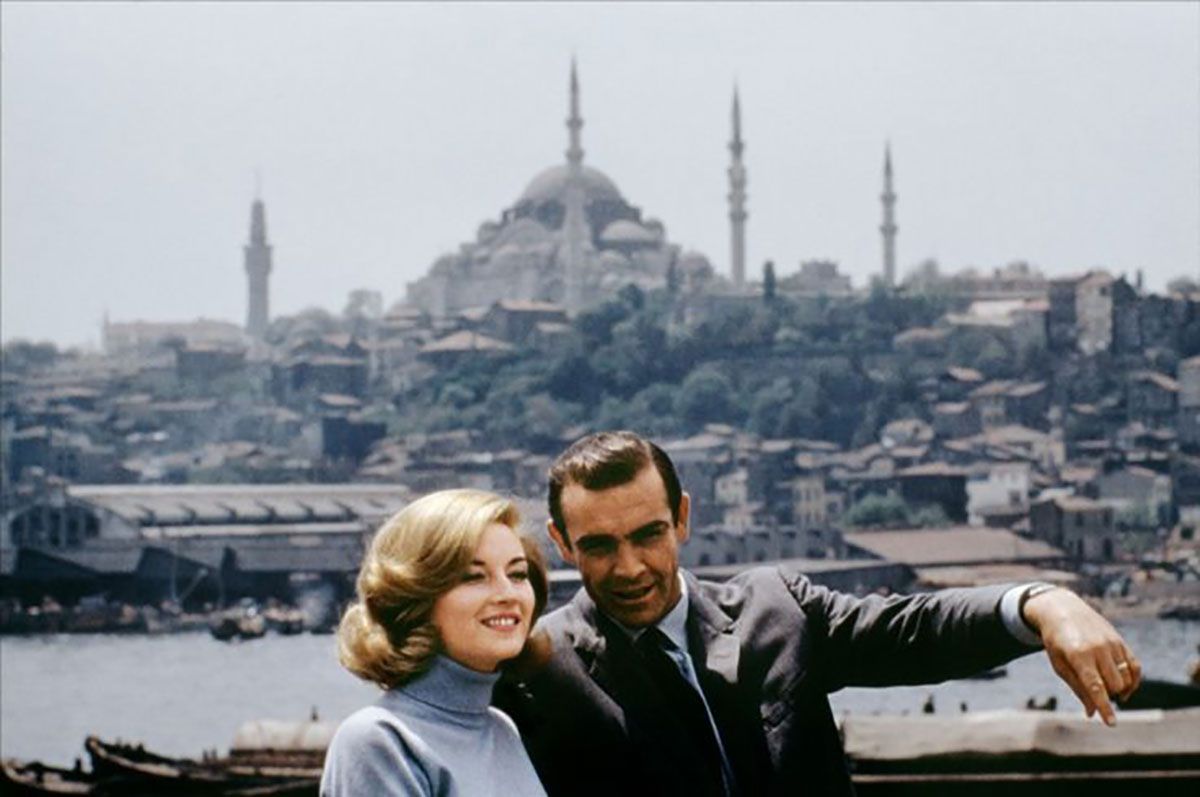Giovanni Bartolomeo Bosco (1793 – 1863) was an Italian magician who did not belong to the art of illusionism according to family tradition, but he became renowned thanks to his dexterity and ability of astonishing spectators.
One of his merits was the change in clothing. His predecessors tended to use an oriental dress with wide sleeves, this in order to easily disguise any objects used for their magic. Bosco appeared on the stage with a short and tight-fitting jacket, with snug sleeves. This attire denied, at least in seeming, the presence of tricks and hidden objects in the clothes.
 In Robert-Houdini’s memoirs, the author mentions Bosco as his rival and he describes him as a magician who conjured in bizarre costumes on a stage crowded with tools and decorated with skulls and candelabras, declaring that the tasteful style chosen set his performances apart from other conjurers.
In Robert-Houdini’s memoirs, the author mentions Bosco as his rival and he describes him as a magician who conjured in bizarre costumes on a stage crowded with tools and decorated with skulls and candelabras, declaring that the tasteful style chosen set his performances apart from other conjurers.
The biography of the illusionist is presented in a booklet of 48 pages, entitled “Satana, Universal collection, biographical, anecdotal of the adventures of Bosco from Turin, Teacher of Prestidigitation (“Satana, Raccolta universale, biografica, aneddotica delle avventure di Bosco da Torino, Professore di Prestidigitazione”).
The anonymous author seems to rely on personal memories as a witness, but it seems that he also used newspaper clippings, collected during the copious performance of the artist. Indeed, if it is not the magician itself, the author of the booklet is a person very close to the magician.
The book narrates that after his studies in Turin, Bosco enlisted in the Napoleonic army taking part of the campaign of Russia. In 1812, he became a captive, confined to Siberia. During his imprisonment he discovered his extraordinary talent for performing. He made exhibitions for the Russians, for which he got paid, and he used his earnings to alleviate the suffering for himself and his comrades.
In 1814, he returned to freedom and he began his artistic career as conjurer.
In addition to his biography, the booklet recounts the many adventures Bosco encountered during his travels: the meeting with the Sultan of Constantinople, the meeting in St. Petersburg with Tsar Nicholas of Russia, the prestidigitation’s lessons given to the Dutch Minister of Finance Van Bosse and so on.
The narration, usually very celebratory, becomes ironic very often, taking as example Bosco’s escape from Constantinople, in order to avoid a request from the Sultan Abdülmecid I. The last one have seen previously a number of illusionism in which the magician beheaded two doves, one white and one black, and then he made them reappear alive but with the displaced heads on switched bodies (black on white and vice versa). The Sultan demanded to the artist to make the same trick with two slaves, one Ethiopian and one Circassian.
 After that Bosco grabbed his sword, he raised it in the air and he took some time with this gesture. Then, he lowered the sword and asked the Sultan a preparation period of three weeks during which he would have to collect certain herbs that needed to be used during the number. So, the Sultan granted an extension, but after just eight days Bosco managed to escape to Russia.
After that Bosco grabbed his sword, he raised it in the air and he took some time with this gesture. Then, he lowered the sword and asked the Sultan a preparation period of three weeks during which he would have to collect certain herbs that needed to be used during the number. So, the Sultan granted an extension, but after just eight days Bosco managed to escape to Russia.
In the biography of Bosco, cunning is reiterated in many cases as the talent that has been essential in order to survive in dangerous situations.
The name of the magician is linked to Istanbul also thanks to a renowned Theatre placed in the city. The stage which became the Naum Theatre has been originally built by Bosco with the intention of putting on a variety performance. He leased the land belonging to the Naum family and he named the establishment rather aptly Théâtre Bosco. However, after Bosco left the city in 1841, the ownership of the building passed to the landowner Michael Naum. After completing the restoration works, he reopened the theatre with the name Péra Theatre in 1844.
Bartolomeo Bosco died in Dresden 1963 and he was buried at the Catholic cemetery of Friedrichstrasse. After that Houdini found out that Bosco’s grave was dilapidated, he bought the grave. He handed it over to the Society of American Magicians, beginning a tradition of guardianship that continues until today.






